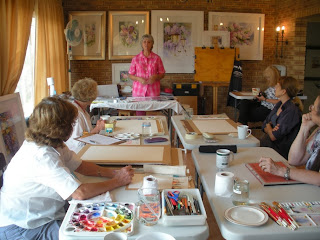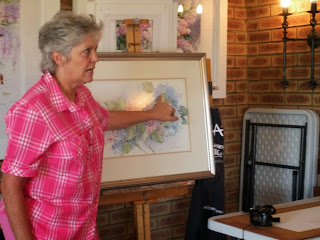From their website:
The new tubes show all the information that artists have told us they really want to see.
Name of range: This identifies the colour range.
Colour name: This is the name of the colour. These are not necessarily unique to a range or medium, e.g. Cerulean Blue exists in Water Colour and Oil Colour.
Series number: Indicates the relative price of the colour and is determined mainly by the cost of the pigment. Series 1 is the least expensive and Series 5 is the most expensive.
Colour swatch: Shows how the colour will look when painted out, without having to open the tube.
Quantity: Indicates how much paint is in the tube.
Permanence rating: The Winsor & Newton classification of permanence measures not only lightfastness but also film & chemical stability of the paint. Ratings are labelled as:
AA - Extremely Permanent
A – Permanent
B - Moderately Durable
Pigment Content: Each pigment can be identified by its Colour Index Generic Name. As an example: Cobalt Blue is Pigment Blue 28, abbreviated to PB28. More than one pigment abbreviation indicates multiple pigments.
Opacity: Symbols are used to represent the transparency/opacity of a colour. Transparent colours are marked with, semi-transparent colours are marked
. The relatively semiopaque colours are marked with
and the opaque colours are marked with
.
Lightfastness: Is shown with an ASTM rating for the pigment. The ASTM abbreviation stands for the American Society for Testing and Materials. This organisation has set standards for the performance of art materials including a colour's lightfastness. In this system I is the highest lightfastness available, though both ratings I and II are considered permanent for artists' use.







